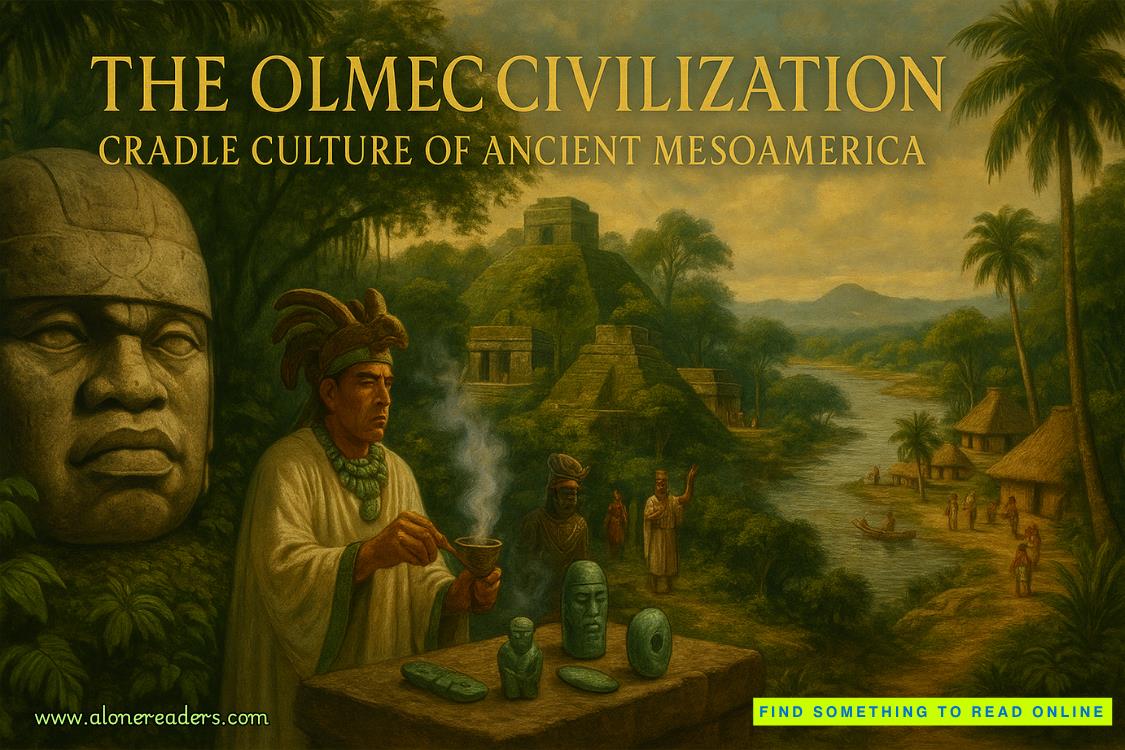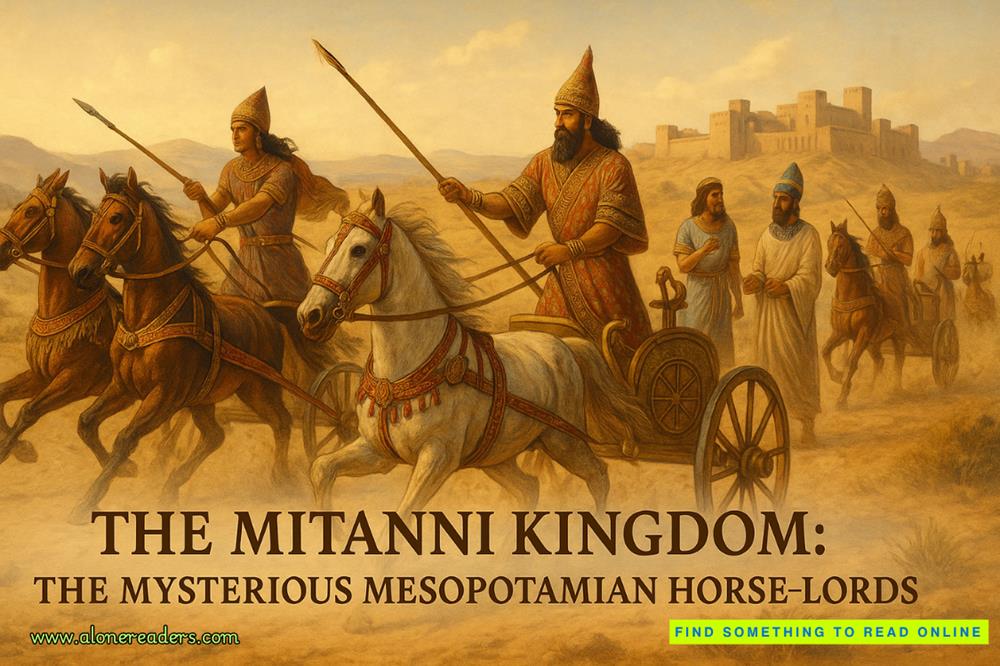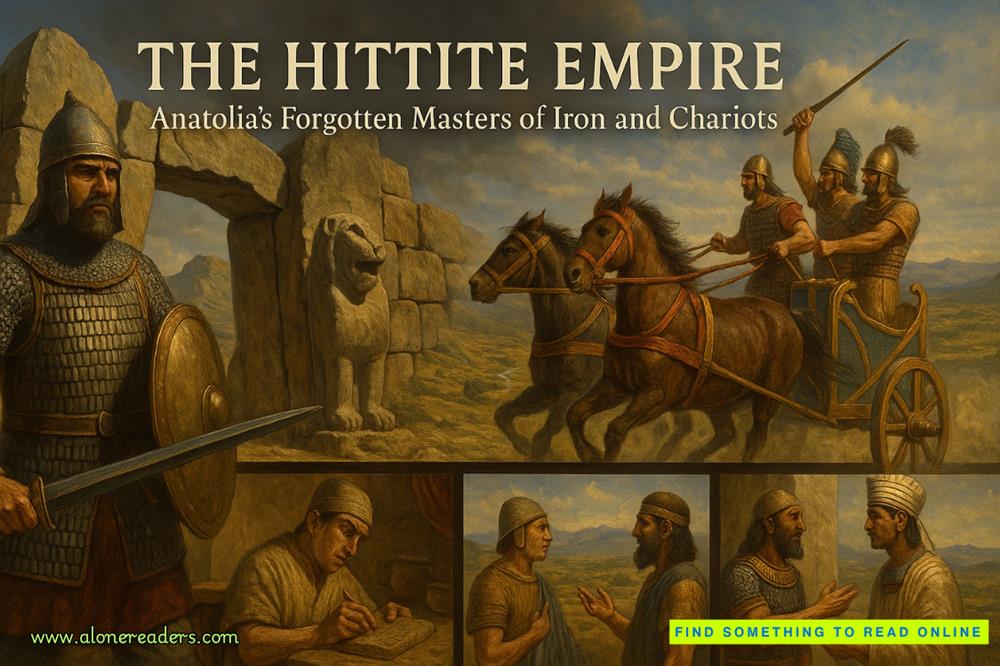Page 84 of NYPD Red 7: The Murder Sorority
“He has a collection of books, mostly history. We’re cataloging them and going through each one, page by page. The place is sparse, but we’re still looking, still canvassing the neighbors. Was there anything of value on that flash drive Sheffield left for the kid?”
We gave him the details of the videos.
“That JAG lawyer is a solid lead, but he or she won’t be easy to track down,” Koprowski said.
“I know it’s the military,” I said, “but we’ve done it before. Everything is in a database somewhere. The trick is finding the right person to give us access.”
“That’s regular military, Zach. Theseguys wereblack-opmarines, and high level at that. Their records won’t be in any electronic database.”
“You mean they just disappear?” Kyliesaid.
“No. This is America. We never completely expunge someone’s military history. The hard copies are buried somewhere deep in the bowels of a vastseven-acrecomplex in St. Louis. I spent an eternity out there oneweek.”
“We don’t have that kind oftime.”
“There may be another way,” he said. “It’s a stretch, but since you’re both busy chasing Carol, I could give it ashot.”
“Yes. And we’re hanging up before you change your mind,” Kyliesaid.
“I’ll be back this afternoon,” Koprowski said. “First thing I want to do is take a look at the videos on that flash drive.”
As soon as I hung up, Cates motioned meover.
“Yes, boss,” Isaid.
“Theo,” she said. “He’s a good kid, but he can’t sit around in the middle of a police investigation. Take him down to the front desk and ask Sergeant McGrath to have a couple of uniforms drive him back to your apartment. And make sure they stay with him till you get home. He’s still a potential target.”
“Yes, ma’am,” Isaid.
By the time I got back from putting Theo in a squad car, Kylie was all smiles. “Good news,” she said. “Shane is being released from the hospital. He has Dr. Lu’s blessing to cook for us tonight as long as he lets someone else do the shopping.”
“And he’s okay withthat?”
“More than okay. He reminded her that the last time he went to the market, he got shot. He says he may never go shopping again.”
Fifteen minutes later, Cates got the email we’d been waiting for. The Canadians had compiled a list oftwenty-ninedifferent US entities that applied for press passes to the trial—mostly the West Coast papers, the wire services, andcable news. A total ofeighty-sevenpasses were issued, most of them to reporters and TV crews. Only six to photographers, four of them men.
We searched the web. Three of the men had published photos of the aftermath of the explosion. Two covered the chaos from the ground. One had a spectacular shot taken while the flames were still erupting, the debris swirling, the black smoke pouring out of the victim’s bedroom.
“It looks like it was taken from a high floor or the roof of the building across the street,” Cates said. “Same angle as the grenade launcher.”
The photographer’s name was Wayman Tate.
“Sheffield said Carol was aworld-classphotographer,” Kylie said. “But I never heard of him.”
“Have you heard ofanyworld-classphotographers?” I said.
“Point well taken,” Kylie said. “Google the fucker.”
Google had heard of him. We checked his website, his Wikipedia page, and his social media. In addition to hisaward-winningbody of work, he taught photography at major universities in the United States and Europe. He wassixty-eightyears old, and before becoming a photojournalist, he had served honorably in the marines. Wayman Tate fit the profile perfectly. With one exception.
Our eyewitness said the shooter was about Kylie’s height—five-seven. Crime Scene scanned a surveillance video of him standing next to the UPS truck and determined that he was a half inch on either side offive-seven.
Wayman Tate was six feet four.
“He’s not our shooter,” Cates said.
“Yes ma’am,” Kylie said. “But according to Sheffield—”















